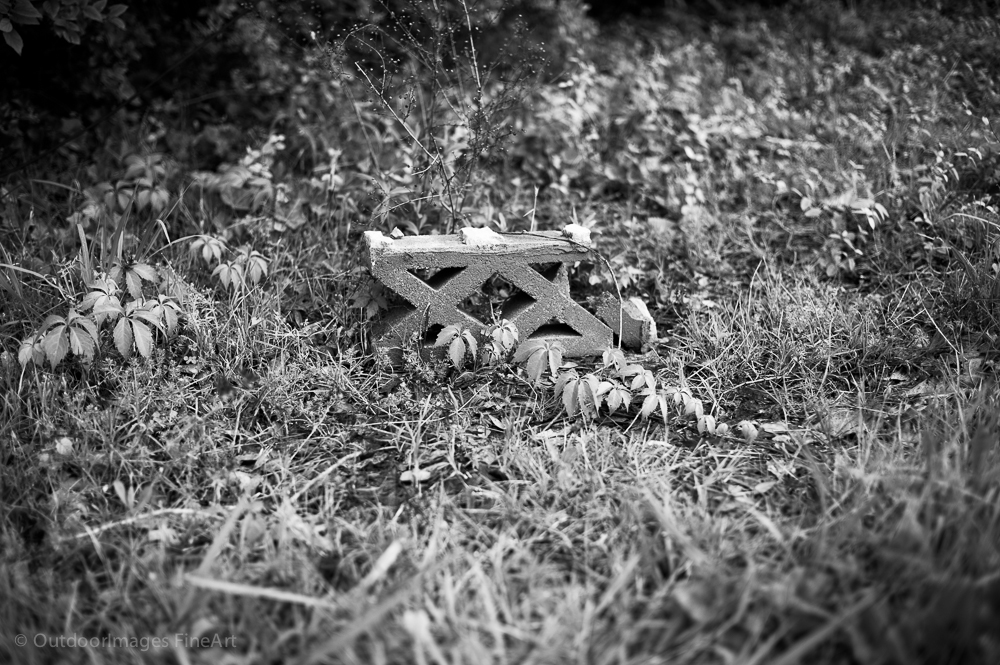
First, forgive me for the pun as you will see. A good friend of mine (and much better photographer) sent me a critique of some recent photos and made some comments that stuck with me. He said that many people today are so caught up in the dynamic range of their digital camera black and white that they forget to make sure some real black and white tones are in their compositions. You remember, that zone 0 and zone 10? The more I thought about what he said, the more I think I agree.
There is clearly some art required to refine a black and white print. Over the last 5 to 7 years the ink jet printing process and paper quality has both increased in dynamic range and also been made affordable enough for entry-level photographers to enjoy. This is good on many fronts as it increases the opportunity for expressive photography to be put in print. It also allows a seasoned photographer the ever desired ability to show more and more of the tones and detail found on the computer screen. You remember that each stage of photography leaves a breadcrumb trail back to the original image. Unfortunately, the breadcrumbs also leave some detail and tones behind. Each successive layer of producing the end result, be it a print or a screen view, has less tonal range that the layer above.
So, what is happening? Certainly my analysis is not made up of any statistical data, but if viewing photography on the web is any indication of the results that would be obtained, many photographers produce flat images. By flat, I mean that the tonal range, or contrast range, is not shown from end to end. Part of the purpose of the Zone System is to ensure that whatever media the final print is shown on encompasses the full range of tones, including the ends. This means some black and white tones with zero detail should be included. Anything less looks like a historical photograph as opposed to a current technological image.
With all the sensors and black box manipulations inside today’s camera equipment, we still need to understand the science and the art of photography. If you look again at my home page, you see that is what we start with – a Master of Light and a Master of Art. This Yin-and-Yang of photography is what drew me to the field as a young boy. It was the challenge of the expressive nature of photography and the challenge of the science.
So as I am ‘musing’ about this supposed phenomenon of the massing numbers of blooming photographers and the plethora of easily obtainable web material – both amateurish and professional – I cannot help but wonder. Is this a change in the medium and am I being to scientific or artistically critical? Is the balance between real black and real white a requirement?
I think to further photography, we have to stop and allow ourselves to question. To question what and how we produce photographs. It doesn’t necessitate change, but it may draw you in a different direction. Maybe a direction you have never gone. That is the mystery of art and result of increased scientific abilities.
In the end, I prefer deep shadows and bright highlights in some portion of an image. I think grey has its place for certain images, and I try to leave some of each tonal range in an image, but I would err on the side of some extremes before I call a print finished. Enough rambling. Thanks, Colin, for sparking the thought!